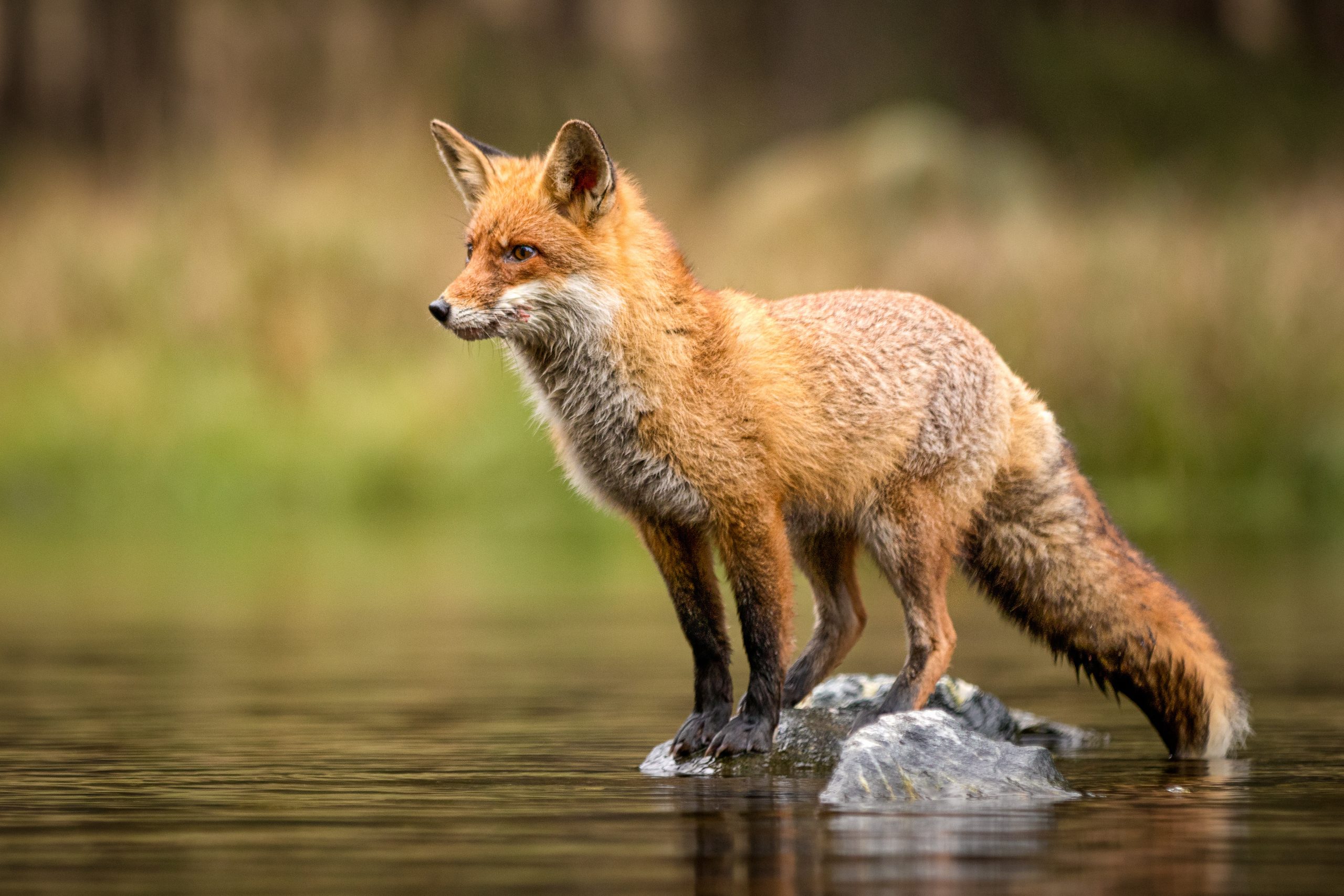Honey across the world contaminated by pesticides, new study reveals
October 11th, 2017
A new study has confirmed that honey across the world has been contaminated by pesticides linked to the recent crash in global bee populations.
The report, published in Science last week, shows that honey from every continent except Antarctica contained traces of neonicotinoids.
Incredibly, honey collected on islands in the middle of the Pacific Ocean and off the coasts of East and West Africa also tested positive for the pesticide group.
The researchers behind the report said that the results contribute to the growing evidence against neonicotinoids by showing, for the first time, the presence of these pesticides in honey on a global scale.
The team from the University of Neuchâtel in Switzerland collected 198 samples of honey from every continent and tested them for neonicotinoids, with 75 per cent of the samples containing at least one chemical in the pesticide group.
Honey from North America, Asia and Europe had the highest rates of contamination, with traces of neonicotinoids found in 86 per cent, 80 per cent and 79 per cent of samples respectively.
Neonicotinoids
Neonicotinoids are synthetic chemicals widely used as pesticides in agriculture. Seeds are coated with the chemical, which is then taken up into plant tissue. This results in fewer requirements to spray the pesticide later in the plant’s lifecycle, making it a cost-effective pesticide.
However, an increasing number of studies have shown that neonicotinoids can be harmful to bees. Less than two months ago, a report was published showing that one particular neonicotinoid, thiamethoxam, reduces bumblebee colony initiation by 26 per cent.
In June this year, the largest ever study carried out on neonicotinoids – funded in part by the pesticide’s manufacturers Bayer and Syngenta – found that the chemicals pose a major threat to honeybees and wild bees.
The study shows that 48 per cent of the contaminated samples had neonicotinoid levels that exceeded the minimum dose known to cause harm to bees.
Bee populations have been declining in Europe since the 1980s. Today, 30 per cent of Irish bee species are threatened with extinction.
Bees pollinate over 80 per cent of flowering plants, including many of the crops we rely on for food.
As a result, bees are estimated to contribute over $200 billion to the world economy every year and bring in an estimated €53m per year to the Irish economy.
In 2013, the use of neonicotinoids on crops that attract bees was temporarily banned, with the European Food Safety Authority set to make a binding ruling in November.
[x_author title=”About the Author”]







